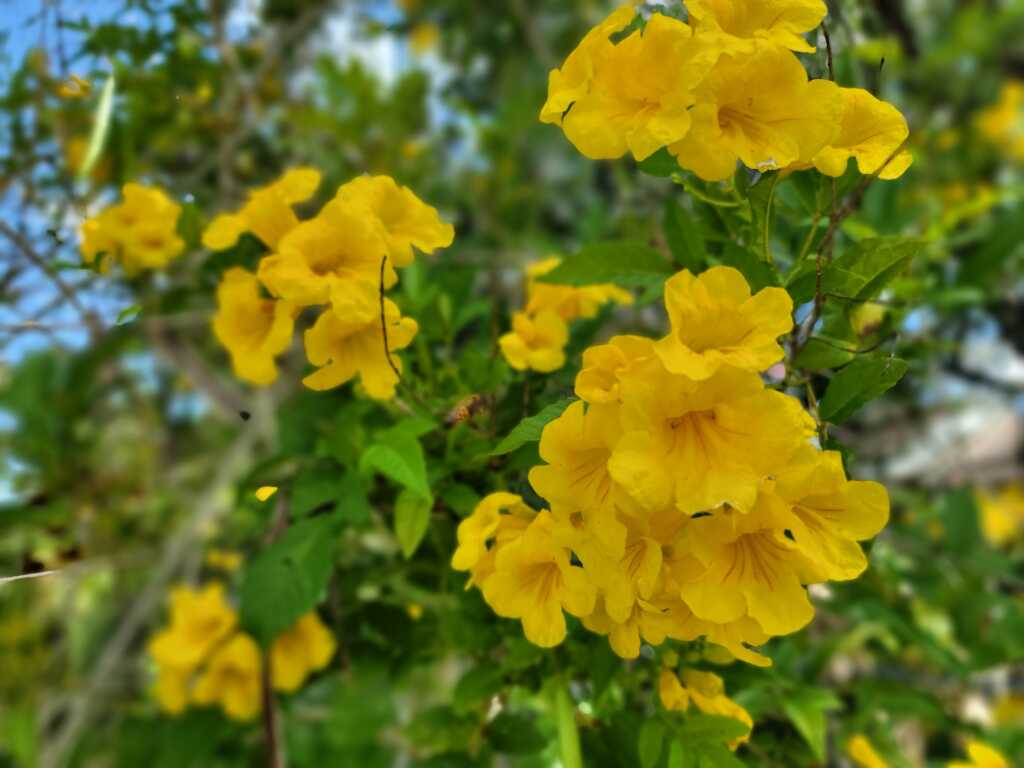
Welcome to a verdant odyssey through the diverse and captivating world of native Texan plants. From the sprawling prairies to the lush woodlands, Texas boasts a remarkable array of flora that has not only shaped its landscapes but also its cultural heritage. In this blog, we embark on a journey to uncover the intrinsic beauty and significance of these plants, both in our gardens and in our hearts.
Native plants hold a special place in the hearts of gardeners and nature enthusiasts alike. They are uniquely adapted to the local environment, requiring minimal maintenance once established and providing vital habitat for native wildlife. In a time when environmental conservation is paramount, cultivating native plants in our gardens plays a crucial role in preserving biodiversity and restoring ecosystems. By nurturing these plants, we contribute to the sustainability of our local environment, creating havens of natural beauty and ecological balance.
But the significance of native Texan plants extends far beyond their ecological value. These plants are deeply rooted in the history and culture of the Lone Star State, weaving tales of resilience, adaptation, and survival. For centuries, indigenous peoples relied on native plants for food, medicine, and shelter, passing down their knowledge through generations. Each plant tells a story of endurance and interconnectedness with the land.
For plant collectors, native Texan plants offer a treasure trove of botanical wonders waiting to be discovered. With their unique adaptations and striking beauty, these plants captivate the imagination and inspire a sense of wonder. Whether it’s the elegant blooms of the Texas lantana, the rugged charm of the prickly pear cactus, or the graceful arching fronds of the Texas sotol, there is something for every enthusiast to marvel at. Collectors are drawn not only to the aesthetic appeal of these plants but also to their cultural significance and ecological importance, making them prized additions to any collection.
Join us as we delve into the enchanting world of native Texan plants, where history, culture, and conservation converge in a celebration of botanical diversity. From the banks of the Rio Grande to the windswept plains of the Panhandle, let us explore the wonders of Texas’ botanical heritage and discover the beauty that lies in our own backyard.
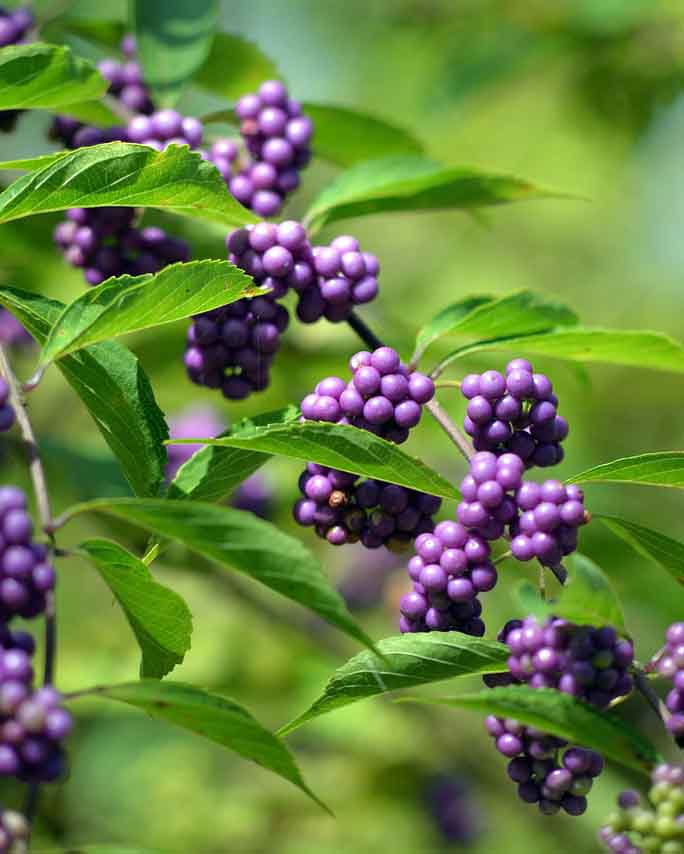
American Beautyberry
American Beautyberry (Callicarpa americana)
Native to the southeastern United States, including Texas, the American beautyberry is a deciduous shrub known for its striking clusters of bright purple berries. Indigenous peoples of Texas historically used American beautyberry for various medicinal purposes, including as a treatment for fevers and rheumatism.
With its arching branches and distinctive berries, the American beautyberry adds a pop of color to any garden or indoor space. It prefers partial shade and moist, well-drained soil.
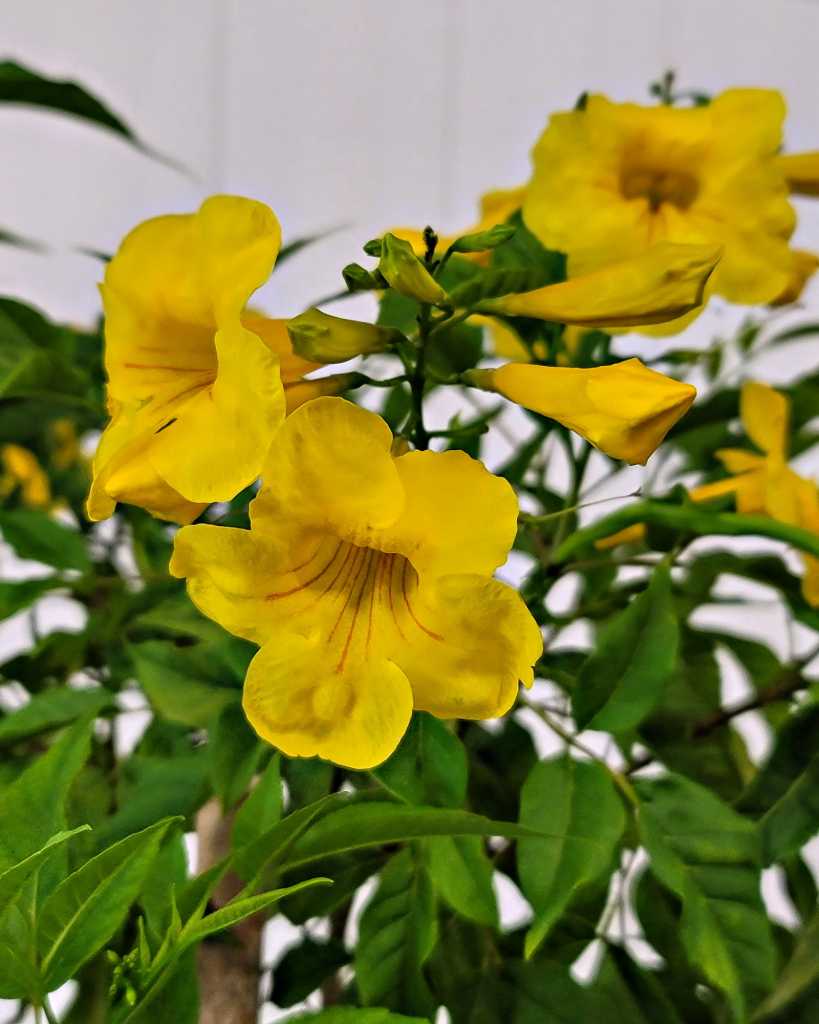
Tecoma stans ‘Yellow Elder’
Tecoma Stans (Yellow Bells)
Native to Texas and other southwestern states, Tecoma stans, also known as yellow bells or esperanza, is a flowering shrub prized for its vibrant yellow blossoms. Tecoma stans has a long history of cultivation by indigenous peoples for its ornamental and medicinal properties.
This drought-tolerant shrub features glossy green foliage and trumpet-shaped flowers that bloom profusely from spring to fall. It thrives in full sun and well-drained soil.
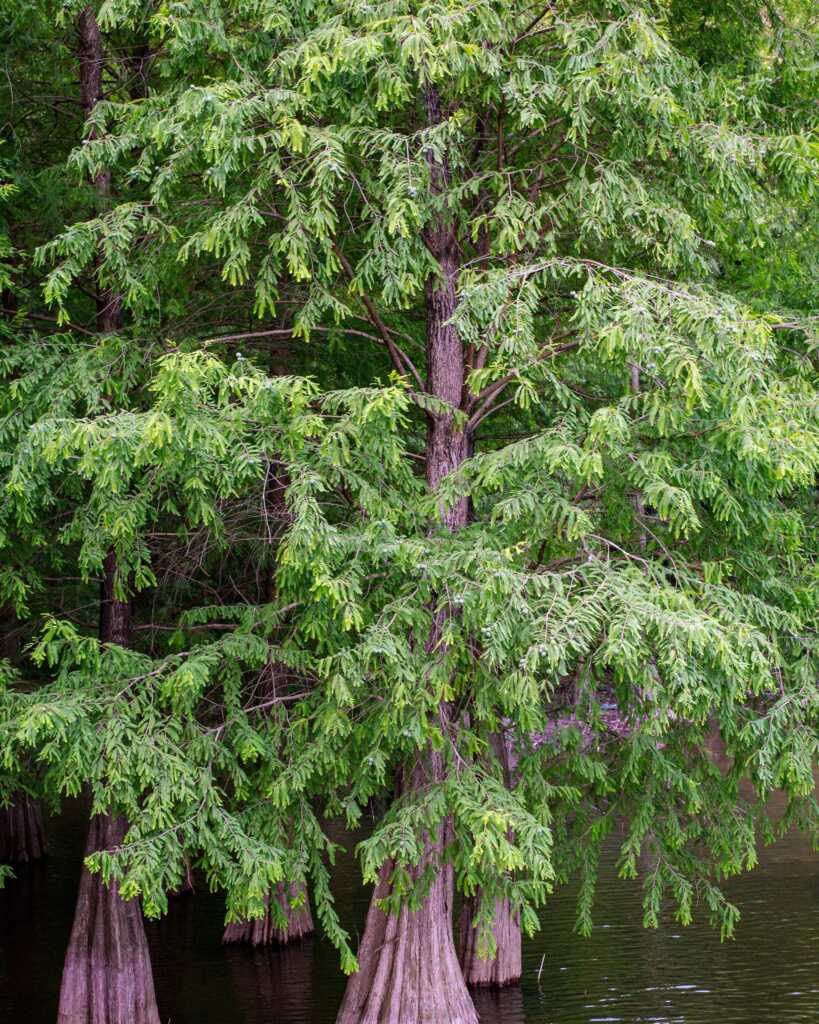
Bald Cypress Tree
Bald Cypress (Taxodium distichum)
Widely distributed throughout the southeastern United States, including Texas, the bald cypress is a majestic conifer that thrives in wetland habitats. Bald cypress trees have a rich cultural significance, with Native American tribes using the wood for construction and crafting.
As a houseplant, bald cypress requires ample space due to its eventual large size. It prefers full sun and consistently moist soil, making it an ideal choice for water gardens or large indoor spaces with high humidity levels.
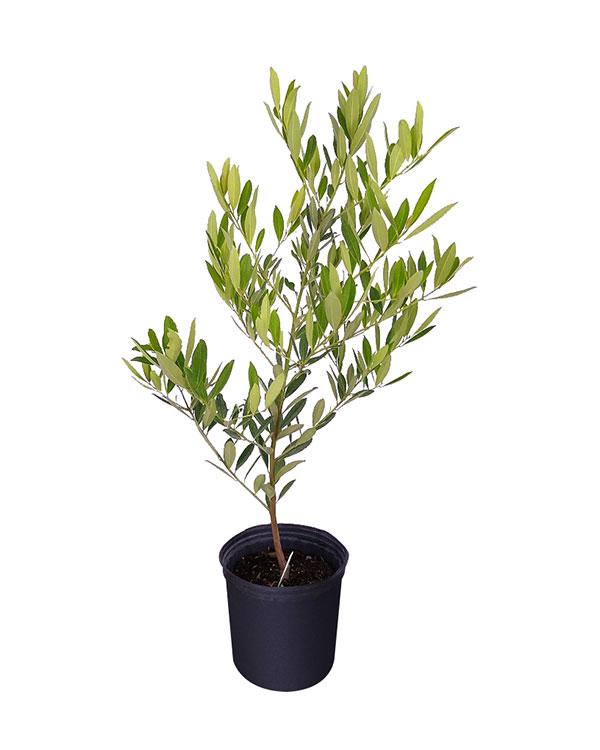
Dahoon Holly
Dahoon Holly (Ilex cassine)
Native to the coastal regions of the southeastern United States, including Texas, dahoon holly is a versatile evergreen shrub or small tree. Indigenous peoples utilized dahoon holly for a variety of purposes, including as a source of food and medicine.
With its glossy, dark green leaves and bright red berries, dahoon holly adds year-round interest to gardens and indoor spaces. It thrives in partial shade and moist, acidic soil.
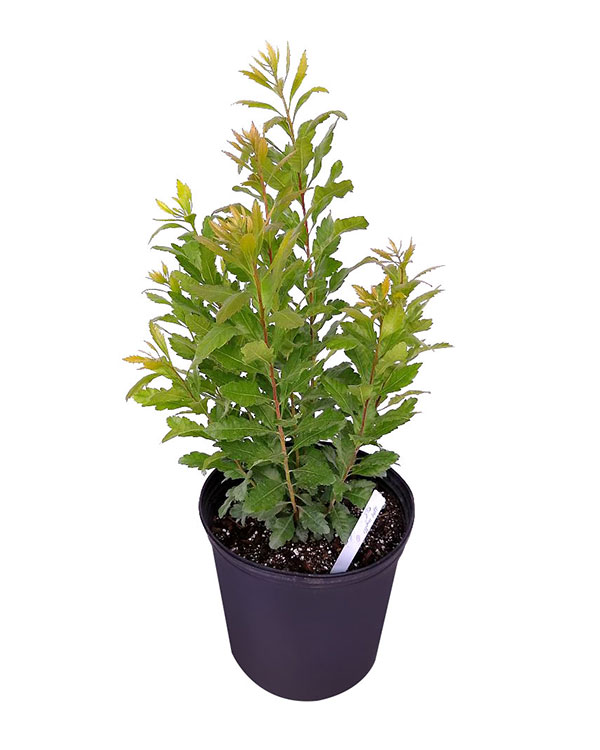
Southern Wax Myrtle
Wax Myrtle (Morella cerifera)
Found throughout the southeastern United States, including Texas, wax myrtle is a hardy evergreen shrub known for its aromatic foliage. Wax myrtle has a long history of use by indigenous peoples for its medicinal and aromatic properties.
This fast-growing shrub features dense foliage and small, waxy berries that attract birds. It thrives in full sun to partial shade and well-drained soil.
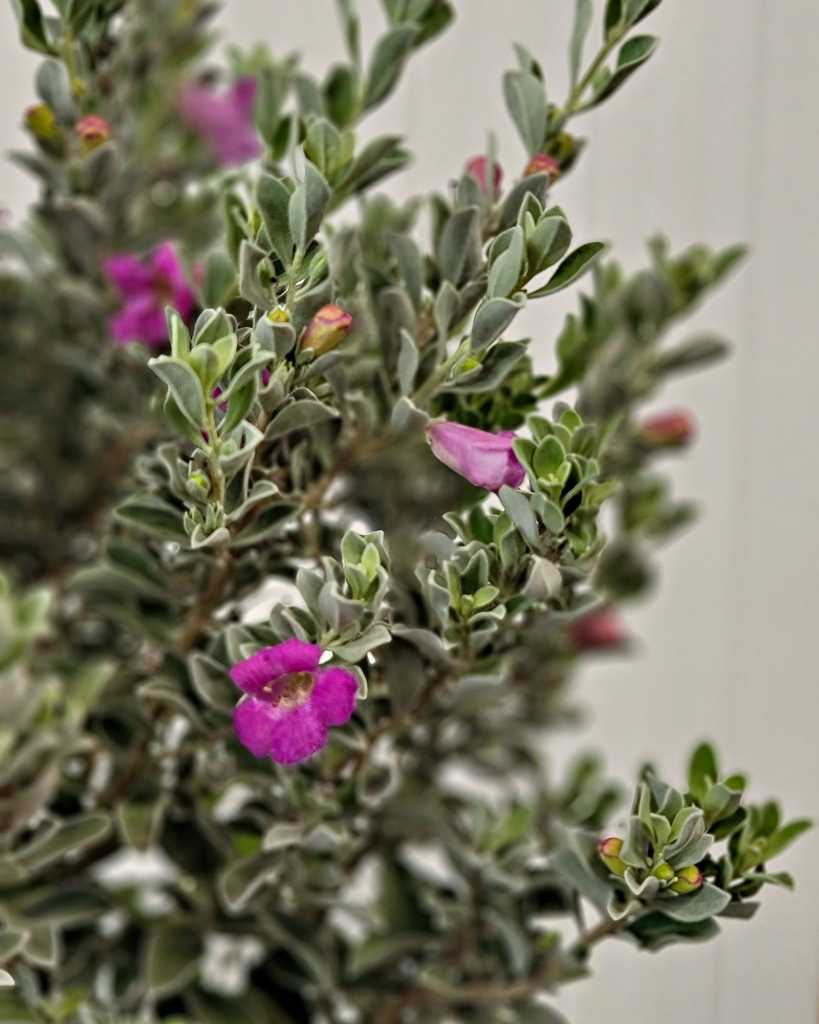
Texas Sage
Texas Sage (Leucophyllum frutescens)
Endemic to Texas and other southwestern states, Texas sage is a drought-tolerant evergreen shrub known for its silvery-gray foliage and purple flowers. Texas sage has been cultivated for centuries for its ornamental value and ability to withstand arid conditions.
With its compact growth habit and low water requirements, Texas sage is an excellent choice for xeriscaping or drought-tolerant gardens. It prefers full sun and well-drained soil.
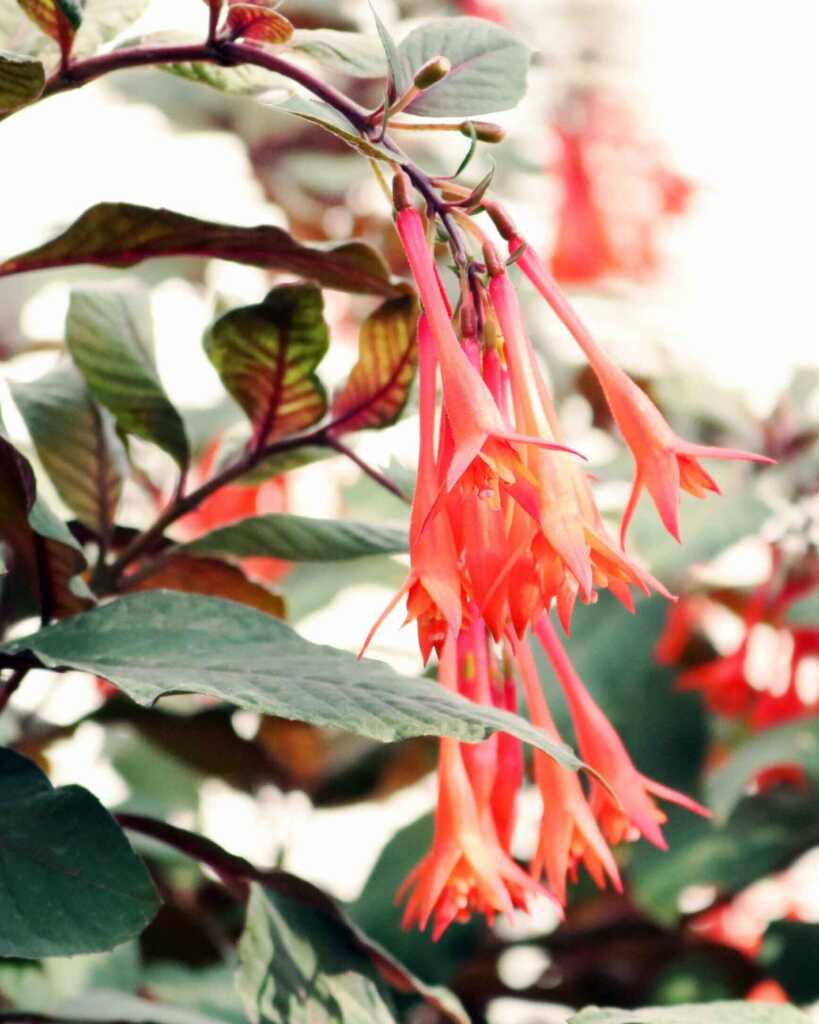
Coral Honeysuckle
Coral Honeysuckle (Lonicera sempervirens)
Native to the eastern United States, including Texas, coral honeysuckle is a twining vine prized for its vibrant red-orange flowers. Coral honeysuckle has a long history of use as a garden ornamental and attracts hummingbirds with its nectar-rich blooms.
This vigorous vine features glossy, evergreen foliage and clusters of tubular flowers that bloom from spring to fall. It thrives in full sun to partial shade and well-drained soil.
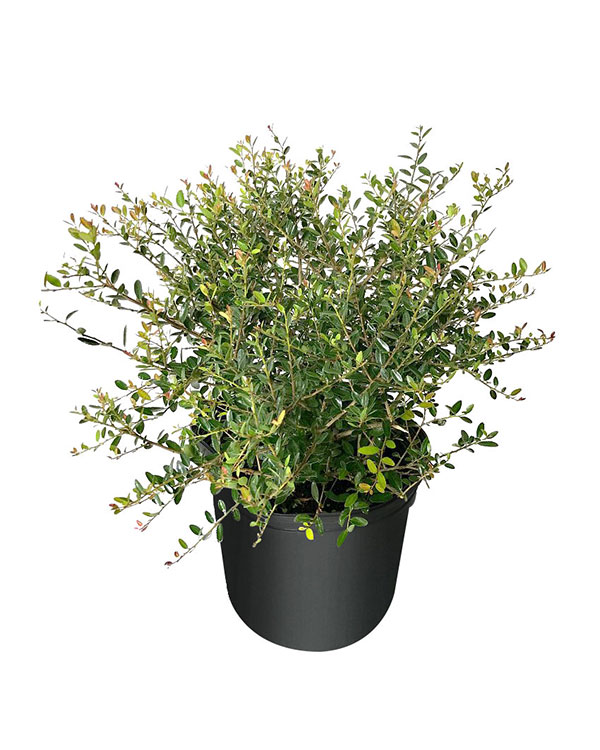
Schilling Dwarf Holly
Yaupon Holly (Ilex vomitoria)
Indigenous to the southeastern United States, including Texas, yaupon holly is a versatile evergreen shrub or small tree. Native American tribes historically used yaupon holly leaves to brew a caffeinated tea for ceremonial purposes.
With its small, glossy leaves and bright red berries, yaupon holly adds year-round beauty to gardens and indoor spaces. It thrives in partial shade to full sun and well-drained soil.
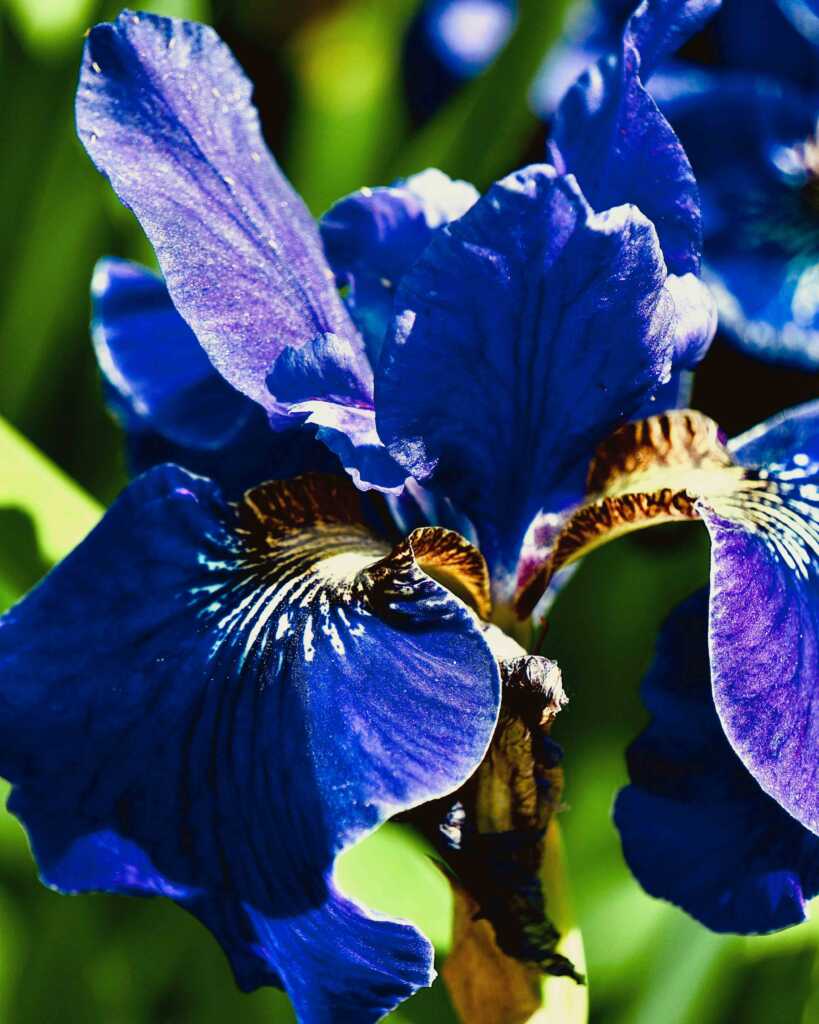
Virginia Blue Flag Iris
Southern Blue Flag Iris (Iris virginica)
Native to wetland habitats throughout the eastern United States, including Texas, Iris virginica is a striking perennial known for its blue-purple flowers. Indigenous peoples utilized Iris virginica for its medicinal properties and as a source of food.
This moisture-loving plant features narrow, sword-shaped leaves and showy flowers that bloom in late spring to early summer. It thrives in full sun to partial shade and consistently moist soil.
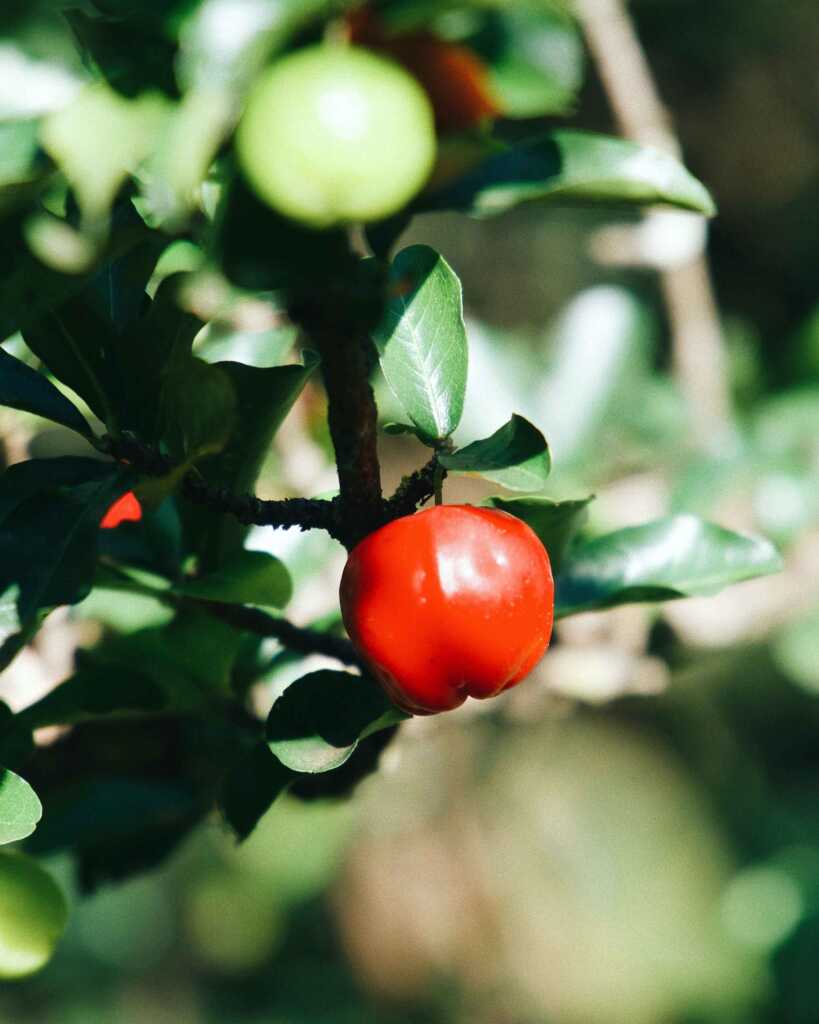
Barbados Cherry
Barbados Cherry (Malpighia emarginata)
Native to the Caribbean and parts of Central and South America, Barbados cherry is cultivated in Texas and other warm climates for its edible fruit. Barbados cherry has a long history of cultivation for its vitamin C-rich fruit, which is used in culinary and medicinal applications.
This small, evergreen tree features glossy, dark green foliage and delicate pink flowers that give way to tart, cherry-like fruits. It thrives in full sun to partial shade and well-drained soil.
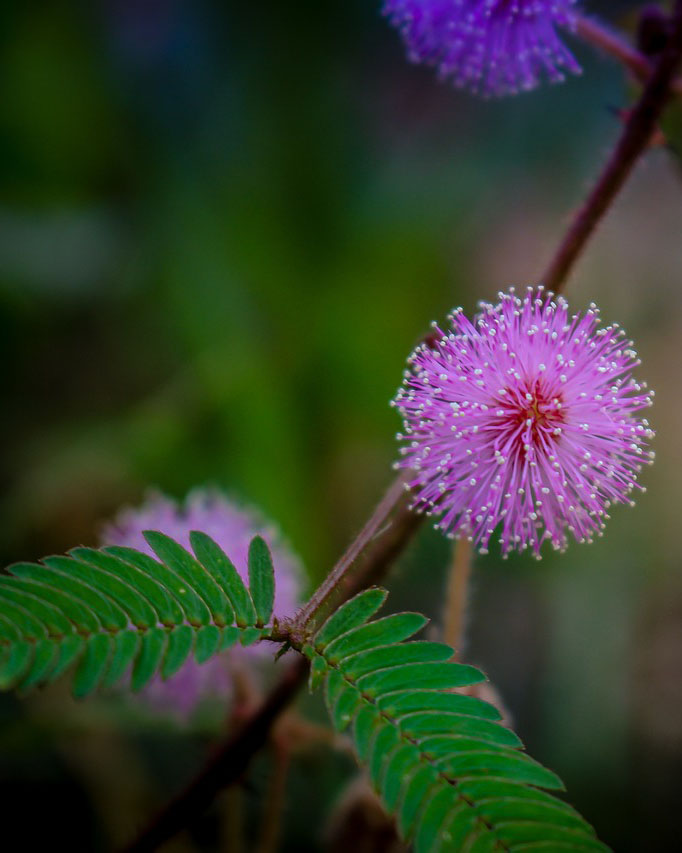
Sunshine Mimosa
Sunshine Mimosa (Mimosa strigillosa)
Native to the southeastern United States, including Texas, Mimosa strigillosa is a low-growing perennial known for its fluffy pink flowers. Mimosa strigillosa has been used for erosion control and as a ground cover in landscaping applications.
With its fern-like foliage and pom-pom-like flowers, Mimosa strigillosa adds a whimsical touch to gardens and indoor spaces. It thrives in full sun and well-drained soil.
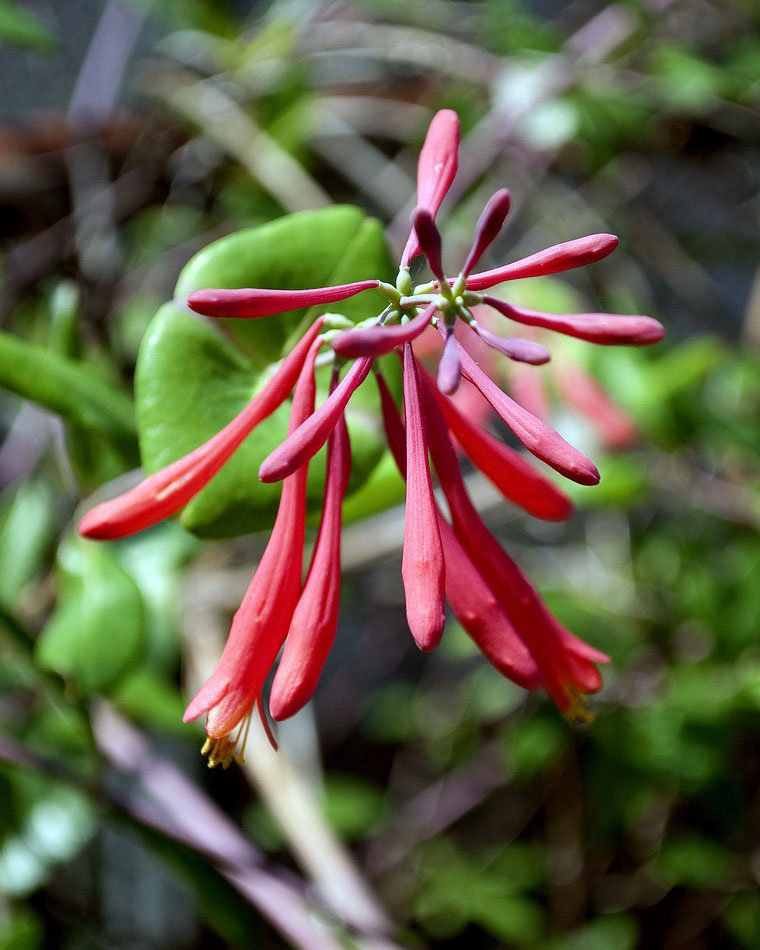
Coral Bean Flower
Coral Bean (Erythrina herbacea)
Native to the southeastern United States, including Texas, Erythrina herbacea is a herbaceous perennial known for its showy red flowers. Indigenous peoples historically used Erythrina herbacea for various medicinal and ceremonial purposes.
This striking plant features palmate leaves and spikes of bright red flowers that attract pollinators. It thrives in full sun to partial shade and well-drained soil.
In conclusion, native Texan houseplants offer not only aesthetic beauty but also a connection to the rich botanical heritage of the region. From the majestic bald cypress to the delicate coral honeysuckle, these plants bring a piece of Texas’ natural splendor into our homes and gardens, serving as reminders of the importance of preserving and celebrating native flora. Whether you’re a seasoned gardener or a novice plant enthusiast, incorporating native Texan plants into your indoor and outdoor spaces is a wonderful way to honor the diverse ecosystems and cultural traditions of the Lone Star State.
Click here to learn more about different plant species from Around the World.


